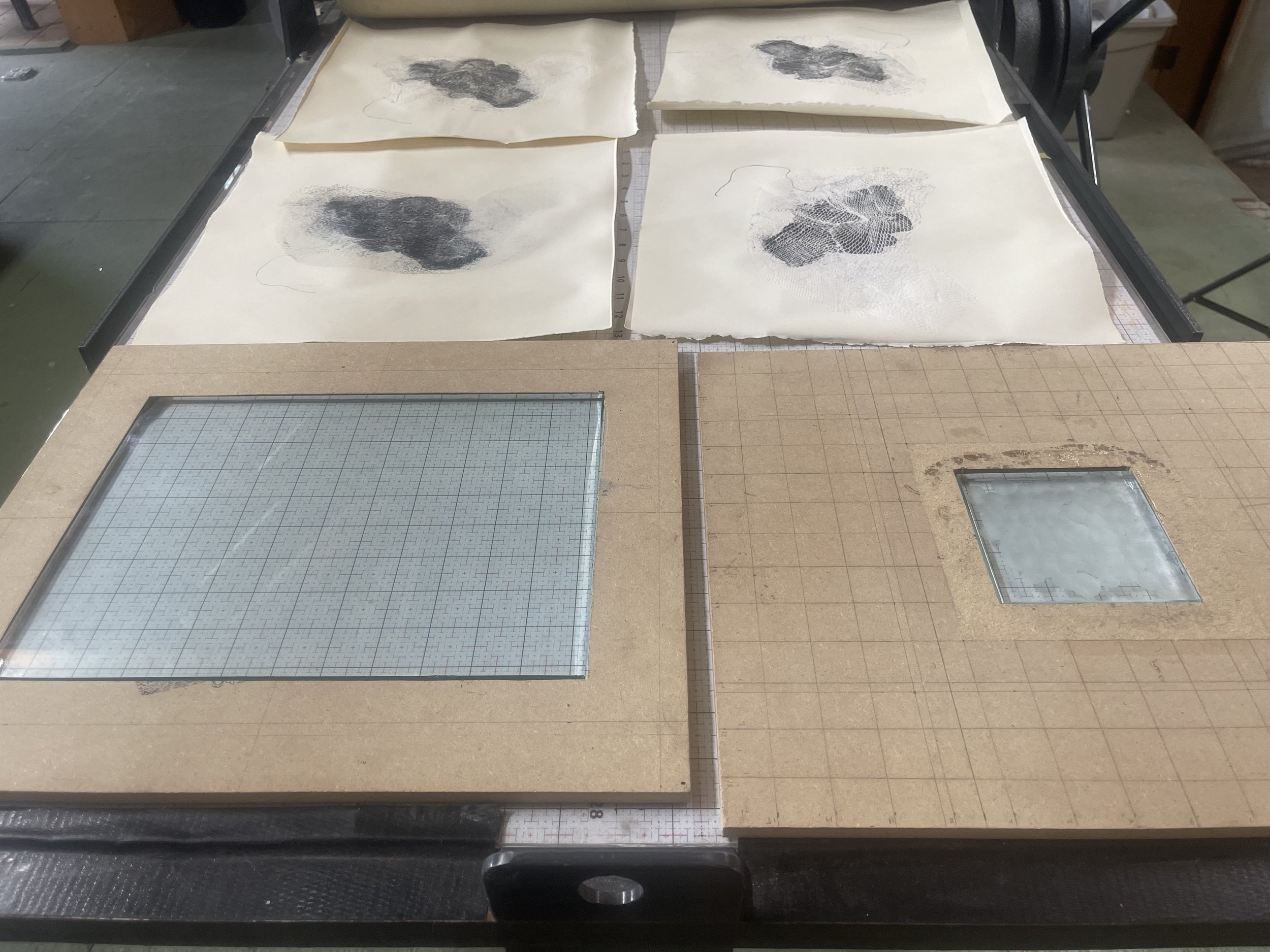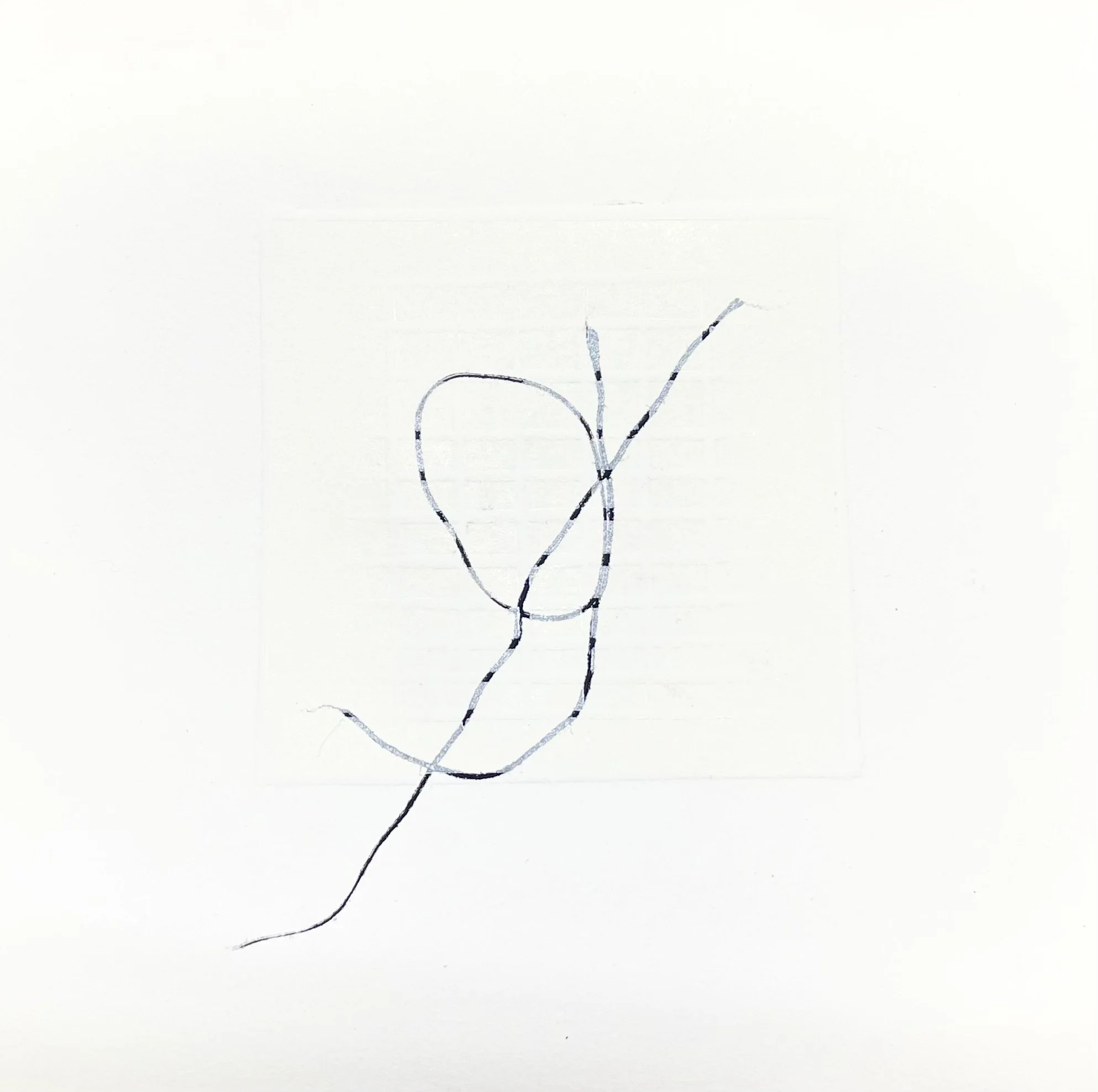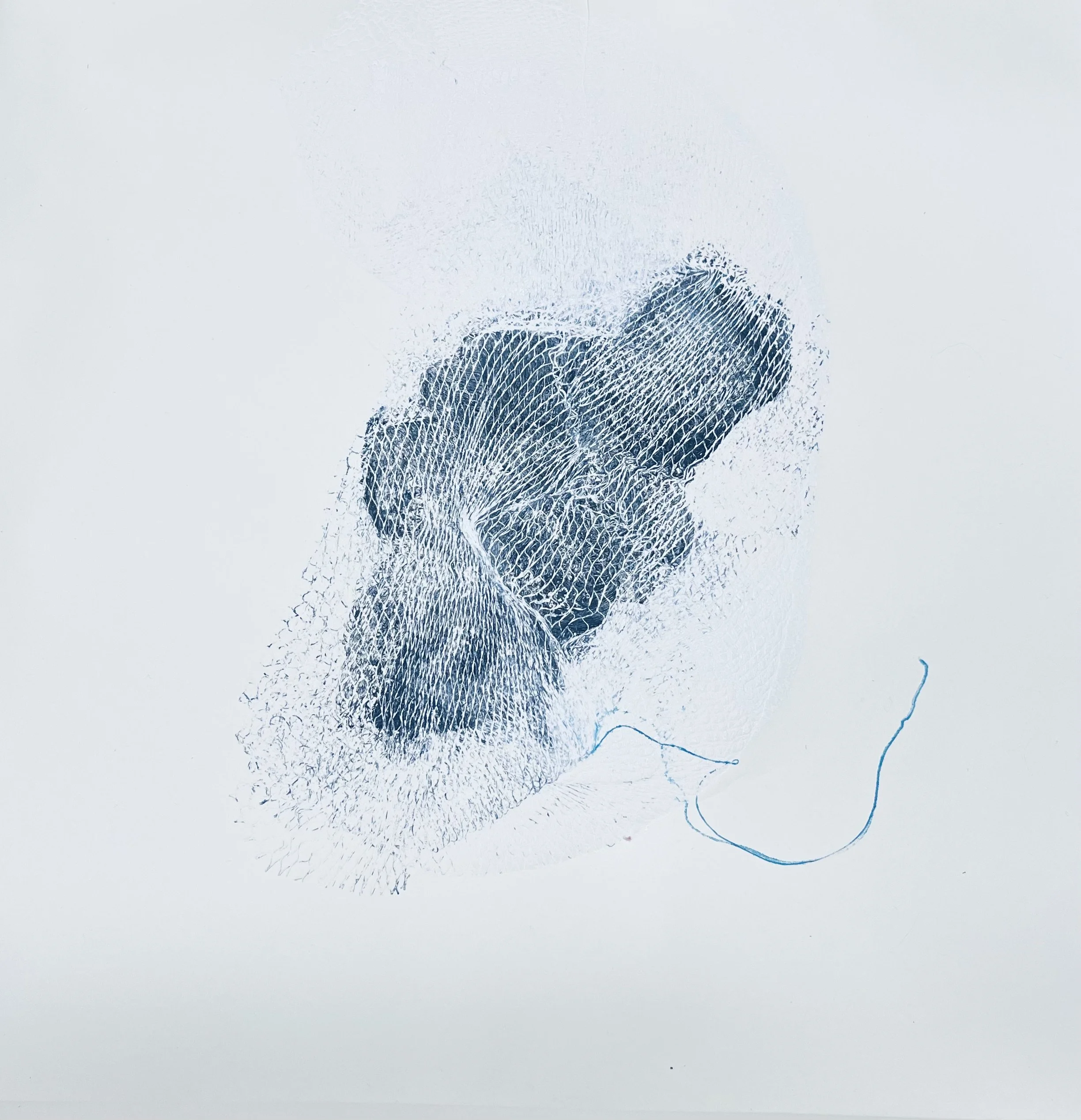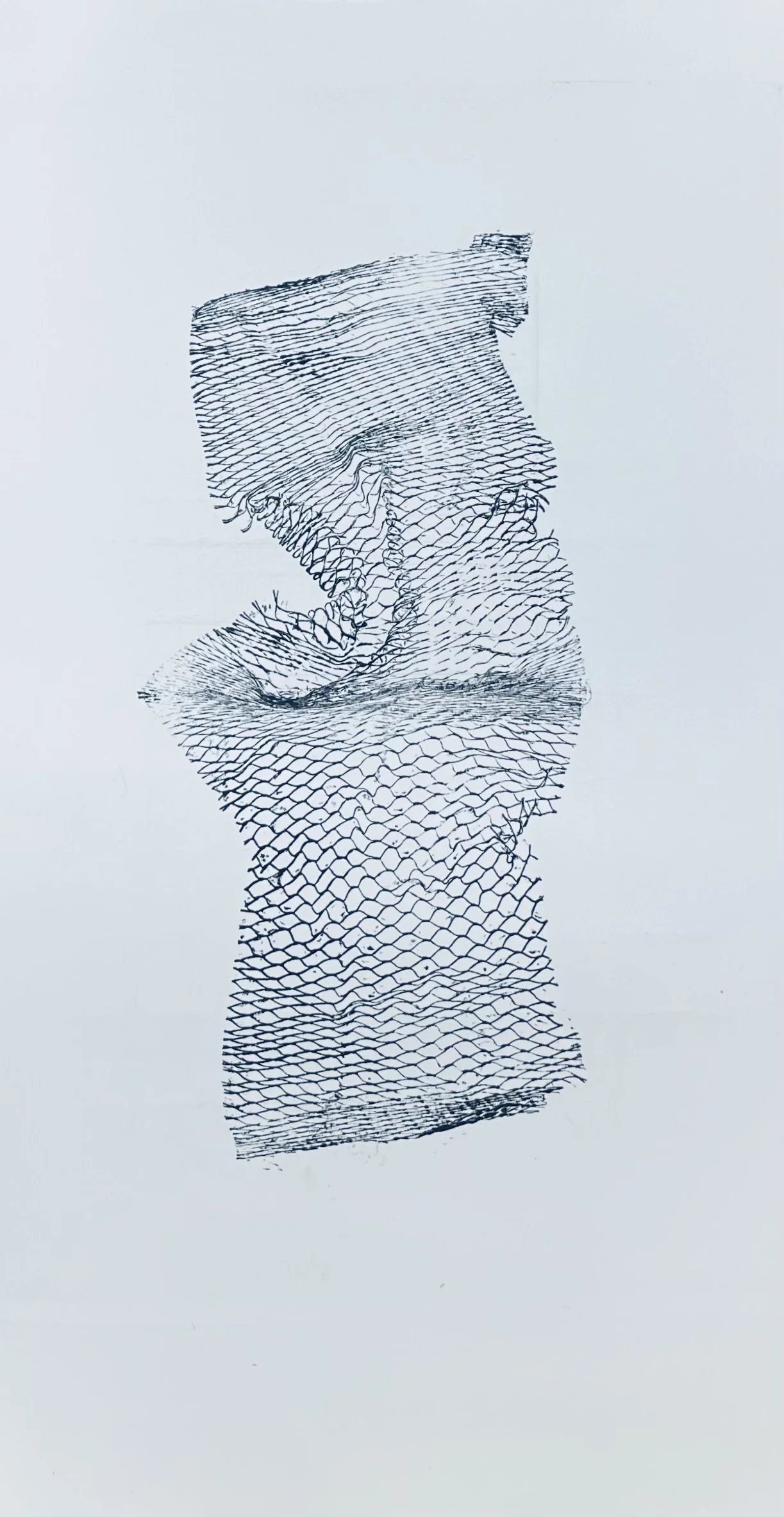
Unearthed Avarice: The Stripped Veins of Desire
During my 5-week residency in the Summer of 2023, in the beautiful Sugarloaf Mountains outside of Boulder Colorado, I became acutely aware of the spirits left behind from over a century of mining in the area. On my morning walks walking nearly straight up a mountain, I passed the abandoned rotting shacks, piles of hand-cleaved lumber, partially filled mines, and other detritus left from the operations. I could only imagine the harsh, demanding, and exhausting life of those who sacrificed everything for a chance to find a nugget of gold, with a high probability of finding pyrite (i.e. Fool’s Gold) or nothing at all. Whether out of desperation or greed, the remnants are evidence of a vicious and dangerous cycle. How many lives were ruined or lost, in the pursuit of this wealth?
These works explore the interplay between value, the relentless pursuit of wealth, and the devastating consequences of exploiting natural resources. "Unearthed Avarice: The Stripped Veins of Desire" considers the layers that underlie our societal norms, focusing particularly on the metaphorical cage of desire constructed through propagated by corporations through deliberate, strategic, and invasive processes.
At the heart of this body of work is a reflection on the perception of value and cost. In a world increasingly driven by materialism, the pursuit of wealth often blinds us to the intrinsic worth of the natural world.
The embodied history of this industry and the lands surrounding confronts me with the stark reality of death – not just the physical decay of our environment but the erosion of ethical principles that should guide our stewardship of the Earth.
Gold leaf, fake gold leaf, ink, and iterations of the cage, the work speaks to an insatiable appetite for more, the confinement of our collective consciousness within the narrow bars of self-interest. As the cage tightens, it constricts not only our environment but also our moral compass, highlighting the ethical dilemmas surrounding resource and human exploitation.
As time passes, some of the works will oxidize, degrade, and un-make itself.
Vitreography and Alternative Printing Processes
There are a handful of printmakers and artists working in or that are aware of vitreography, the printmaking process developed by Harvey Littleton and Warrington Colescott at the University of Wisconsin-Madison in 1974. As a founding participant in the American studio glass movement, Harvey Littleton was captivated by glass and its potential as a printing matrix. His innovative investigations quickly spread from UW-Madison to the Pilchuck Glass School, WA. which currently houses the only printmaking studio solely devoted to vitreography printing in the United States.
During my 5-week residency, I explored Vitreography as my primary process. This is a fine art printmaking technique that uses a 3⁄8-inch-thick (9.5 mm) float glass matrix instead of the traditional matrices of metal, wood or stone. By carving into the surface of the glass using abrasives and rotary tools, I explored techniques to transfer photographic images, patterns, and attain deep embossments.



